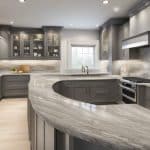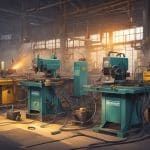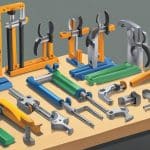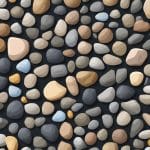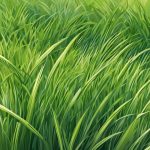Types Of House Siding
House siding is an essential part of any home’s exterior. Not only does it protect the structure from the elements, but it also plays a significant role in its overall aesthetics and curb appeal. With so many different types of siding materials available on the market, it can be challenging to choose the right one for your home. This article will provide an overview of the most popular types of house siding, including their durability, maintenance requirements, energy efficiency, and cost.
When it comes to choosing the right type of house siding, homeowners need to consider several factors. One of the most important is the material’s durability and maintenance requirements. Some materials, such as vinyl and fiber cement, are highly durable and require minimal maintenance. Others, such as wood and stucco, may require more upkeep but offer unique aesthetic benefits. Additionally, homeowners should consider the insulation and energy efficiency of the siding material, as this can have a significant impact on their home’s energy bills.
Another critical factor to consider when choosing house siding is its aesthetic and design considerations. The right siding can enhance a home’s curb appeal and increase its overall value. Homeowners should choose a siding material that complements their home’s architectural style and fits within their budget. With so many different types of house siding available, there is a material to suit every taste and preference.
Key Takeaways
- Homeowners should consider the durability, maintenance requirements, and energy efficiency of house siding materials before making a purchase.
- Aesthetic and design considerations are also important, as the right siding can enhance a home’s curb appeal and value.
- With so many different types of house siding available, there is a material to suit every taste and preference.
Types of Siding Materials
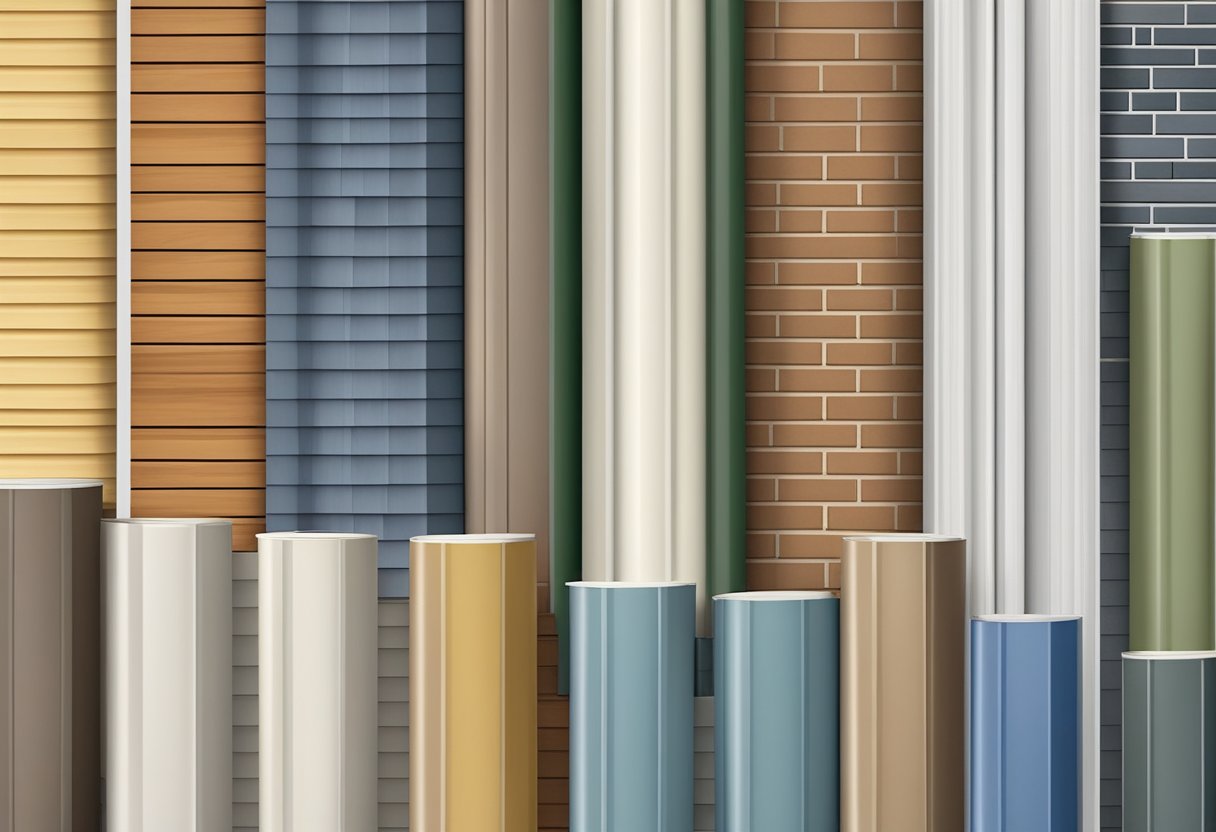
When it comes to house siding, there are several materials to choose from. Each material has its own advantages and disadvantages. Here are the most common types of siding materials:
Vinyl Siding
Vinyl siding is a popular choice for homeowners because it is affordable, low-maintenance, and comes in a variety of colors and styles. It is made from PVC and is available in horizontal or vertical panels. Vinyl siding is also known for its durability and resistance to weather, rot, and insects.
Wood Siding
Wood siding is a classic choice that provides a natural, warm look to a home. It is available in several types of wood, including cedar, redwood, and pine. Wood siding can be painted or stained to match a home’s exterior. However, it requires regular maintenance, such as painting or staining, to prevent rot and insect damage.
Metal Siding
Metal siding is a durable and low-maintenance option for homeowners. It is available in several types of metal, including aluminum and steel. Metal siding can be painted or coated to prevent rust and corrosion. It is also resistant to fire and insects.
Fiber Cement Siding
Fiber cement siding is a popular choice for homeowners who want the look of wood siding without the maintenance. It is made from a mixture of cement, sand, and cellulose fibers. Fiber cement siding is available in a variety of colors and styles, including shingles, clapboards, and vertical panels. It is also resistant to fire, insects, and rot.
Stone and Brick Siding
Stone and brick siding provide a natural, classic look to a home. Stone and brick siding are available in several types of stone, including natural stone and manufactured stone veneer. Brick siding is available in several colors and styles. However, stone and brick siding can be expensive and require professional installation.
Overall, each type of siding material has its own pros and cons. Homeowners should consider their budget, style preferences, and maintenance requirements when choosing a siding material.
Durability and Maintenance
When choosing house siding, it’s important to consider its durability and maintenance requirements. Here are some factors to keep in mind:
Weather Resistance
The siding of a house is exposed to different weather conditions throughout the year, including rain, snow, and wind. Therefore, it is important to choose siding that is weather-resistant and can withstand the elements. Vinyl siding, for example, is known for its durability and ability to withstand harsh weather conditions.
Resistance to Pests
Pests, such as termites, can cause significant damage to a home’s siding. Therefore, it is important to choose siding that is resistant to pests. Vinyl siding, for example, is not susceptible to termite damage and is a good choice for homes located in areas with a high risk of termite infestations.
Longevity and Upkeep
Durability and longevity are important factors to consider when choosing house siding. Vinyl siding is known for its longevity and requires little maintenance. It is also resistant to rot and moisture damage, which can be a concern for other types of siding. However, if vinyl siding does get damaged, repairs can be more difficult than with other types of siding. Cracking and fading can also be issues with vinyl siding over time.
In summary, when choosing house siding, it is important to consider factors such as weather resistance, resistance to pests, and longevity and upkeep. Vinyl siding is a popular choice due to its durability, low maintenance requirements, and resistance to rot and moisture damage. However, it is important to keep in mind that repairs can be more difficult and cracking and fading can occur over time.
Insulation and Energy Efficiency
Insulated Siding Options
Insulated siding is a type of siding that incorporates rigid-foam plastic insulation, which is laminated or otherwise permanently attached to the vinyl. The most commonly used insulation is expanded polystyrene (EPS). Insulated siding reduces thermal bridging by mitigating energy loss through the studs. It also helps to reduce noise transmission and improve impact resistance.
Fiber cement siding is not typically insulated, but some manufacturers offer insulated fiber cement siding options. These options typically have a foam insulation layer attached to the back of the siding panel. However, insulated fiber cement siding is generally more expensive than non-insulated options.
R-Value and Energy Savings
R-value is a measure of a material’s resistance to heat flow. The higher the R-value, the better the material insulates. Insulated siding typically has an R-value between 2 and 6, depending on the thickness of the insulation layer. The R-value of non-insulated siding, such as vinyl or fiber cement, is typically between 0.6 and 0.9.
Insulated siding can help to improve a home’s energy efficiency by reducing heat loss in the winter and heat gain in the summer. This can result in lower energy bills and a more comfortable living environment. The exact energy savings will depend on a variety of factors, including the climate, the size and layout of the home, and the type of heating and cooling system used.
When choosing siding for a home, it’s important to consider the insulation and energy efficiency of the material. Insulated siding can provide significant energy savings over non-insulated options, but it is typically more expensive. Homeowners should weigh the upfront cost of insulated siding against the potential long-term energy savings to determine the best option for their needs.
Aesthetic and Design Considerations
When it comes to choosing house siding, aesthetics and design are important considerations. The right siding can enhance the curb appeal of a home and increase its value. Here are some important factors to consider when selecting the right siding for your home.
Color and Texture Varieties
The color and texture of the siding can have a significant impact on the overall look of a home. There are many options available, from traditional clapboard and shingles to more modern board and batten designs. Homeowners can choose from a range of colors, including neutrals like beige and gray, or bolder shades like red and blue. Textures can also vary, with some siding options offering a smooth finish, while others have a more textured appearance.
Architectural Style Compatibility
It’s important to choose a siding style that complements the architectural style of the home. For example, a traditional home may look best with cedar or redwood shingles, while a more modern home may benefit from a sleek, seamless steel or aluminum siding. Brick veneer is another option that can work well with many different architectural styles.
Ultimately, the right siding choice will depend on the homeowner’s personal preferences, as well as factors like climate, maintenance requirements, and budget. By considering these important aesthetic and design factors, homeowners can choose a siding option that is both attractive and functional.
Cost and Value Analysis
Budgeting for Siding
When it comes to budgeting for siding, the cost can vary greatly depending on the type of material used, the size of the home, and whether the homeowner opts for professional installation. Generally, vinyl and aluminum siding are the most affordable options, while wood and fiber cement can be more expensive.
It’s important to keep in mind that the cost of siding is not the only factor to consider. Homeowners should also factor in the cost of professional installation if they are not comfortable doing it themselves. Additionally, the cost of maintenance and repairs over time should also be considered when budgeting for siding.
Resale Value Impact
Investing in new siding can have a positive impact on the resale value of a home. According to the National Association of Realtors, homeowners can expect to recoup around 75% of the cost of new siding when they sell their home.
However, the resale value impact can vary depending on the type of siding used. For example, fiber cement siding tends to have a higher resale value than vinyl or aluminum. Additionally, the quality of the installation can also impact the resale value.
Overall, while investing in new siding can be a significant expense, it can also be a worthwhile investment in terms of both improving the look of the home and increasing its resale value.

